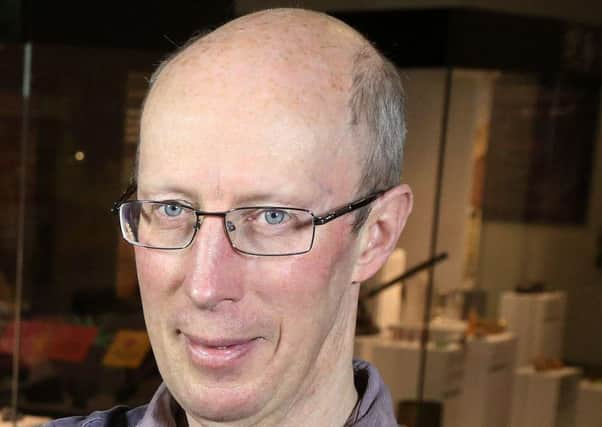Museums NI curator uncovers giant meteor


The story behind this momentous discovery will be told on Saturday, September 24, on ‘Walking Through Time’ at 8pm on Channel 4.
Sandwiched between sandstones almost 1.2 billion years old on the north-west coast of Scotland near Ullapool is a distinctive layer that has strange green rock fragments mixed in with the red sand. For decades this layer was thought to be a volcanic mudflow until, in 2008, geologists from Oxford and Aberdeen proved that it actually had been formed by a giant meteorite impact. But only a few patches of this impact deposit remain after millions of years of erosion, so the location of the impact crater from which it came had remained elusive - until now.
Advertisement
Hide AdAdvertisement
Hide AdDr Mike Simms, Curator of Paleontology for National Museums Northern Ireland, explains: “When I visited the area on holiday in 2011 I found clues that the source of this unique layer – the impact crater – actually lies to the east. That raised the possibility that the crater might still exist somewhere on the Scottish mainland”. However, if it is still there it must now be deeply buried beneath younger rocks that cover much of northern Scotland. Nonetheless, Dr Simms realised he could use geophysics to locate the huge impact crater.